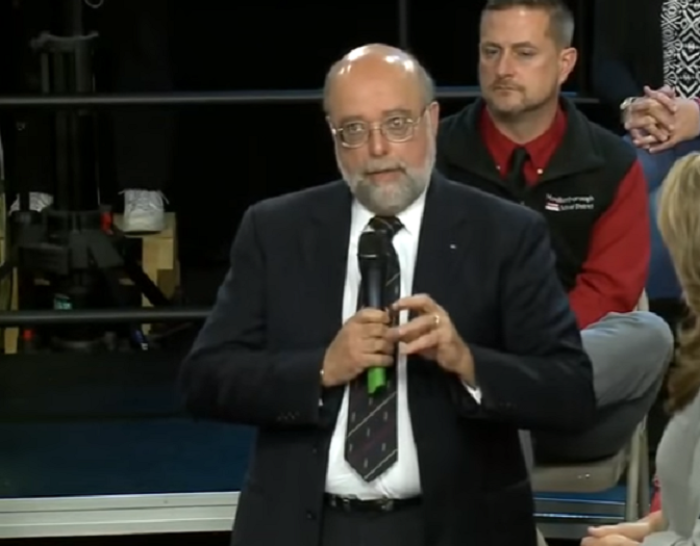Overwhelmed by Deaths From Drug Overdose, Medical Examiner Quits to Become Chaplain

After watching body after body robbed of life by drug overdose pile up on his job, Dr. Thomas Andrew retired last month as the chief medical examiner of New Hampshire to become a chaplain.
"It's almost as if the Visigoths are at the gates, and the gates are starting to crumble," Andrew told The New York Times about the worst drug epidemic in America's history. "I'm not an alarmist by nature, but this is not overhyped. It has completely overwhelmed us."
The 60-year-old doctor, who spent some two decades as chief forensic pathologist in New Hampshire witnessing the ravages of drugs on life, will be studying at the United Theological Seminary in Dayton, Ohio, to prepare him for his second act — ministering to young people about staying away from drugs.
"After seeing thousands of sudden, unexpected or violent deaths, I have found it impossible not to ponder the spiritual dimension of these events for both the deceased and especially those left behind," he told The New York Times.
Overdoses have become the leading cause of death among Americans under 50. In 2016, 64,000 deaths, a 22 percent increase over the previous year, were attributed to drug overdoses nationwide.
Last year, there were 500 deaths in New Hampshire due to drug overdose, says The New York Times. That's more deaths per capita from synthetic opioids such as fentanyl than in any other state.
Data from the state show that drug users in their 20s and 30s are increasingly dying of heart-valve infections, known as endocarditis. The trend, said Andrew, is the result of drug abusers using dirty needles.










